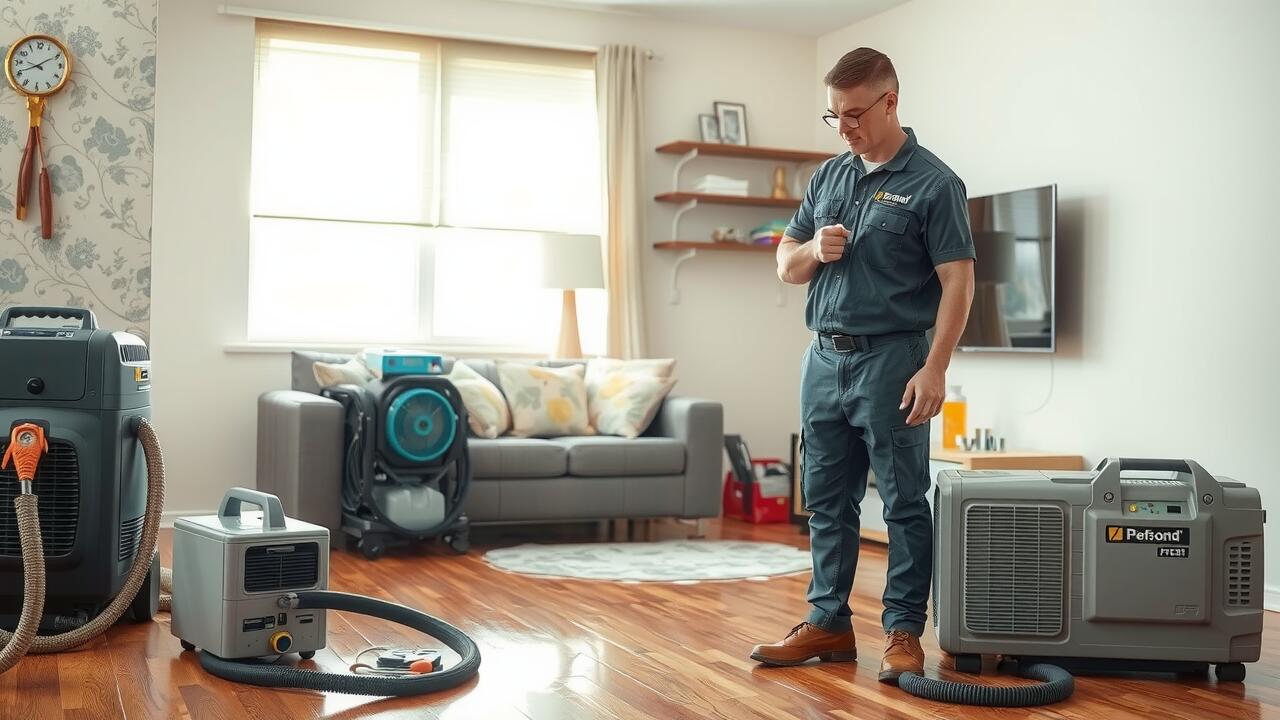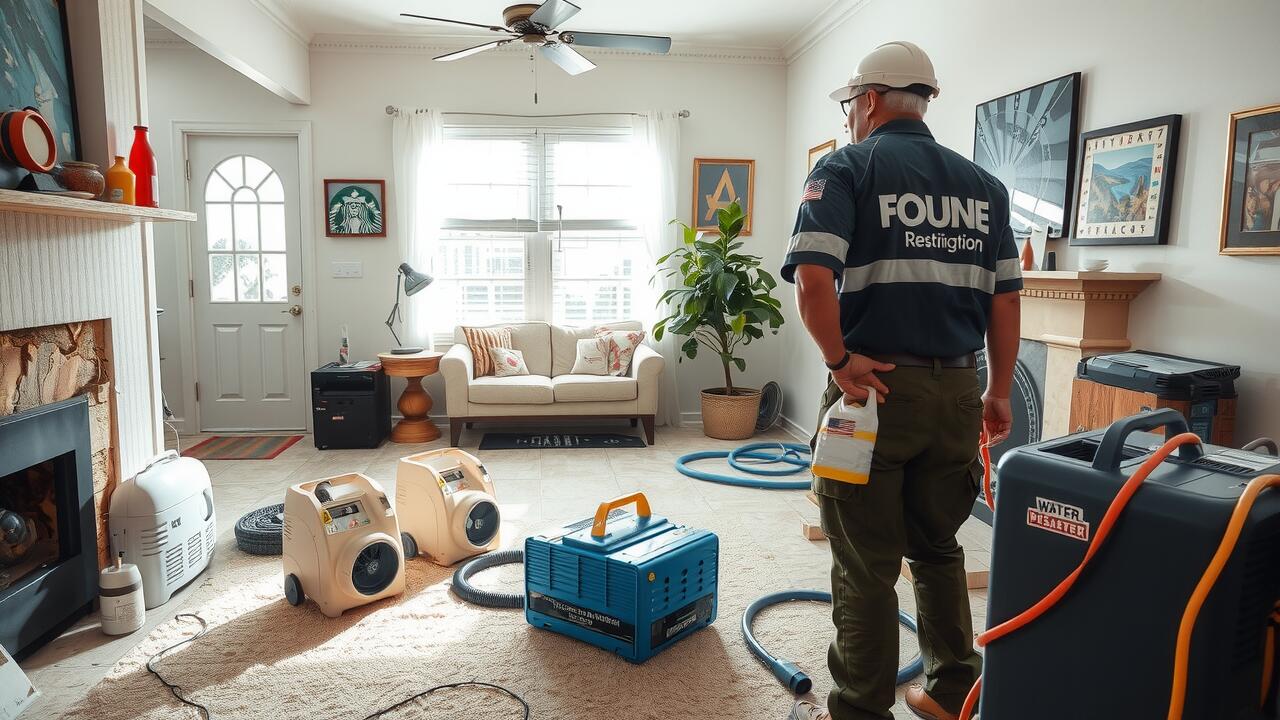
Additional Coverage Options
Homeowners looking for extra peace of mind may explore additional coverage options to enhance their protection against water damage. Basic homeowners insurance typically covers limited water damage incidents, such as leaks from burst pipes or unforeseen events. However, this basic coverage might not extend to damages caused by flooding or sewer backups. Therefore, homeowners in Columbus, Ohio may find it beneficial to invest in specialized endorsements or riders that specifically address these situations.
For those considering “Water Damage Restoration in Columbus, Ohio,” it’s crucial to review the specifics of their policy. Some companies offer separate policies or endorsements that cover flood damage, ensuring a broader range of protection. Additionally, sewer backup coverage can provide essential financial support in case of sudden sewage overflow incidents. Homeowners should evaluate their unique needs and geographical risks when deciding on additional coverage options, as these factors play a significant role in financial security during water-related emergencies.
Endorsements and Riders for Enhanced Protection
Homeowners seeking greater protection against water damage often turn to endorsements and riders. These additions can help customize a policy tailored to individual needs. Common options include coverage expansion for specific types of water damage, such as sewer backup or flood-related incidents. Policyholders should carefully consider these enhancements to ensure adequate protection against potential risks.
In Columbus, Ohio, where weather patterns can lead to unexpected water-related issues, such policies become increasingly valuable. Homeowners can benefit from consulting with insurance agents about the best endorsements available. Understanding the nuances of these options can significantly impact the financial preparedness for water damage events, particularly when professionals in Water Damage Restoration in Columbus, Ohio, are needed.
Filing a Water Damage Claim
Filing a water damage claim can be a straightforward process if you take the necessary steps. Start by thoroughly documenting the extent of the damage. Photograph affected areas and make a list of damaged belongings. It’s essential to notify your insurance company as soon as possible. Provide them with all relevant details, including the type of water damage and any immediate actions you took to mitigate further issues.
After notifying your insurer, you may need to wait for an adjuster to assess the situation. Be prepared to provide your documentation and respond to any questions they might have. If you require immediate assistance, contacting a professional service offering Water Damage Restoration in Columbus, Ohio, might be advisable. They can help minimize damage while ensuring that you can proceed with your claim smoothly.
Steps to Submit a Successful Claim
When dealing with water damage, the first step in submitting a claim involves documenting the damage thoroughly. Take clear photographs of the affected areas, ensuring you capture the extent of the damage and any personal property that may be impacted. Create a list of the damaged items along with their estimated values. This documentation will serve as crucial evidence in the claims process. Insurance adjusters will rely on this information to assess the situation accurately.
Next, contact your insurance company to report the incident. Provide them with all necessary details and the documentation you’ve gathered. Be prepared to answer questions about the cause of the water damage and the steps you have taken to mitigate further issues, such as initiating Water Damage Restoration in Columbus, Ohio. This not only demonstrates your proactive approach but also helps in expediting the claims process. Following these steps can lead to a smoother experience as you navigate the complexities of your insurance claim.
The Role of Deductibles
Deductibles are an important aspect of homeowners insurance policies, particularly when addressing water damage claims. When a homeowner experiences water damage, the deductible is the amount they must pay out of pocket before the insurance coverage kicks in. This amount can vary widely depending on the specific policy and provider. Homeowners should review their policy carefully to understand how much they are responsible for in the event of water damage.
In a state like Ohio, where incidents prompting the need for water damage restoration are common, it’s crucial for homeowners to select a deductible that aligns with their financial situation and risk tolerance. A higher deductible may lower premium costs but can lead to significant expenses during a claim. Conversely, a lower deductible might provide better immediate financial relief but could increase overall costs in the long run. Homeowners should weigh these factors carefully when considering their coverage options to ensure they are adequately protected.
How Deductibles Impact Your Coverage
Deductibles play a crucial role in determining how much homeowners pay out of pocket when they file a claim. When it comes to water damage, the deductible is the amount you must cover before your insurance kicks in. For instance, if your deductible is set at $1,000 and you incur water damage expenses of $5,000, you will be responsible for the first $1,000 while the insurance company covers the remaining $4,000. It’s important to review your policy to understand which types of water damage are covered and how the deductible applies to each situation.
Homeowners should also consider the impact of different deductible amounts on premium costs. Choosing a higher deductible typically results in lower monthly premiums, which can be appealing for budget-conscious homeowners. However, in the event of significant damage, such as that requiring Water Damage Restoration in Columbus, Ohio, a higher deductible means more financial responsibility upfront. Balancing the deductible with overall coverage is vital to ensure adequate protection without unexpected financial strain during a crisis.
FAQS
Does homeowners insurance typically cover water damage?
Homeowners insurance may cover certain types of water damage, such as damage from burst pipes or internal leaks. However, it often excludes coverage for flooding or water damage caused by natural disasters unless you have a separate flood insurance policy.
What are endorsements and riders in homeowners insurance?
Endorsements and riders are additional coverage options that can be added to your homeowners insurance policy. They provide enhanced protection for specific risks, such as water damage from sump pump failures or sewer backups, which are not usually covered under a standard policy.
How do I file a water damage claim with my homeowners insurance?
To file a water damage claim, you should first document the damage with photographs and notes. Then, contact your insurance provider to report the claim, providing them with necessary details and any documentation they may require.
What steps should I take to submit a successful water damage claim?
To submit a successful claim, make sure to report the damage promptly, keep thorough records of all communications with your insurer, and follow their guidelines for submitting the required documentation, including photos and repair estimates.
How do deductibles affect my homeowners insurance coverage for water damage?
Deductibles are the amount you are responsible for paying out of pocket before your insurance coverage kicks in. A higher deductible may lower your premium, but it also means you’ll need to pay more in the event of a water damage claim. It’s important to choose a deductible that fits your financial situation.
